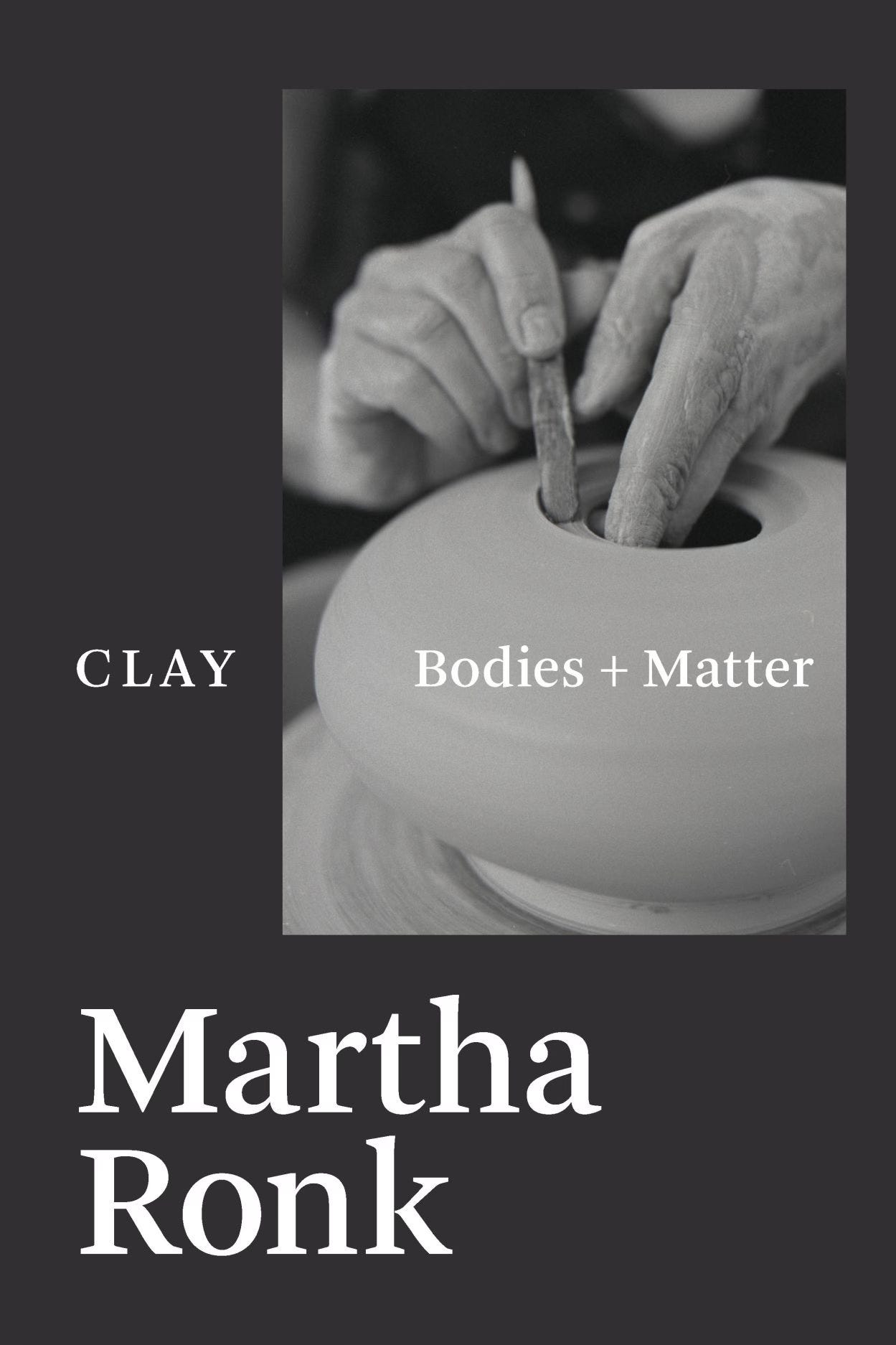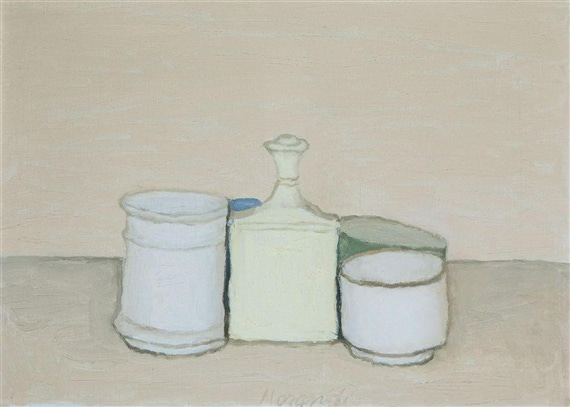Dear friends,
writing about ceramics has allowed me to get to know many wonderful people. Clay is much like a thread, connecting us to other places and times. And clay has connected me to the wonderful poet Martha Ronk.
Martha has written thirteen books of poetry, a short stories collection and a memoir. Earning her PhD from Yale University, she has taught at numerous institutions, including Tufts University and Occidental College in Los Angeles.
Her work has been published in many poetry collections, including North American Women Poets in the 21st Century. Her 2013 poetry book “Transfer of Qualities” was long listed for the National Book Award.
Martha is also a potter. Her latest poetry collection, “Clay: Bodies + Matter”, is a wonderful meditation on touch and the ceramics process. Her poems, tactile and visual, accompany us from the pottery wheel to far away places and times in exploration of glazes, historical pots, and sherds. Intercut with photos and reflections on artists who have served as inspiration, Clay’s poems push us to closely observe, to explore the stories behind the objects and consider the fallibility of our own bodies and our impact on the environment.
“We are only in relation to what’s around us”: this line in the very first poem, “Throwing a bowl”, which explores how clay takes shape, is a perfect way to begin a journey through the process of making, holding and discovering.
Martha was so kind to answer a few of my questions and I am so honored to present them to you below.
In the introduction to the book you mentioned that you have had a long relationship with clay and that after a few years of absence, you have come back to the studio. What brought you back?
I had my first pottery class many years ago when I was teaching and had 100 papers to grade each week and needed a break, but then I had a long teaching career at Occidental College in Los Angeles; in order to be successful and get tenure, I worked hard to prepare classes and to write academic articles on Shakespeare and to attend academic conferences. I had little extra time.
Then I learned that Occidental students could take classes at a studio in nearby Pasadena and so I too joined; then as I moved toward retirement I could be in the studio even more. I've taken many classes. I remain a novice, alas.
You wrote that you love throwing bowls. Is that still your preferred shape? What are you drawn to making?
Yes, I still prefer throwing bowls; I love the shape, its emptiness, and that it is also a container. Yesterday I read that "after the bipedal body, the most revolutionary aesthetic invention of prehistory was the container." I liked reading that. I also like to give bowls as very useful gifts to family and friends.
I have loved your book "CLAY" so much. Some of the poems are highly visual and almost tactile: I got lost in "Touching", where the clay serves as a window to other times and places. I was captivated by "Celadon" and "A black ceramic glaze", which so beautifully describe color and texture. Poems are made things, just like pots. What made you decide to dedicate an entire collection to clay?
I tend to write about what I am thinking about and since I had a practice with clay, it was what I was thinking about and reading about, especially the words of Edmund De Waal who writes that the sense of touch is often neglected.
Recently, I also read a small book by the poet Dan Beachy-Quick who compares pots and poems: "There's a strong kind of companionship that objects can offer, including the kind of object a poem is." Years ago I wrote a book of poems called "Transfer of Qualities" about the ways in which people and objects transfer qualities back and forth (the phrase belongs to Henry James whom I was reading at the time).
How does your writing influence your ceramic practice?
This is a harder question for me. I have wanted to try to figure out how to combine words and clay objects, but haven't yet. Both involve concentration and revision (tooling etc.) but mostly both involve practice. Showing up. Practicing over and over.
You reference Giorgio Morandi's still lives paintings of ceramics in a few of the poems. What inspired you in his work?
Morandi's paintings of pots attracted me years ago for their stillness and quiet, muted colors. I also love that he is so interested in juxtaposition, often using the same pots but rearranging them in different paintings.
I think of the juxtaposition of poetic lines: how they interact and influence one another and that often revision is moving lines around. I think his paintings also emphasize "touch" as one is so aware of the ways in which the juxtaposed pots touch one another.
It almost feels that through the collection of poems, we follow the process of creation, from building and throwing, to glazes, and to shards and broken pieces. Clay is even a window to understanding the fallibility of our own body, for instance through the poem "Kintsugi". The ceramics process is one of repetition. How did the ceramic process influence this collection?
Thank you: yes. I wanted very much to write about the amazing way in which one's fingers enter clay: that we become one with matter. That there is a rhyming between clay and body; we move with one another. Then clay hardens and becomes fragile and as you suggest fallible as our bodies are.
The process of making, glazing, firing and examining a pot clearly influenced the progress of the book--I wanted to take a reader through the whole process from beginning to end. I wish I had included more examples of potters I greatly admire, for instance Robert DeBlander or Hans Coper (and many others). Ah well.
Thank you so much, Martha!





